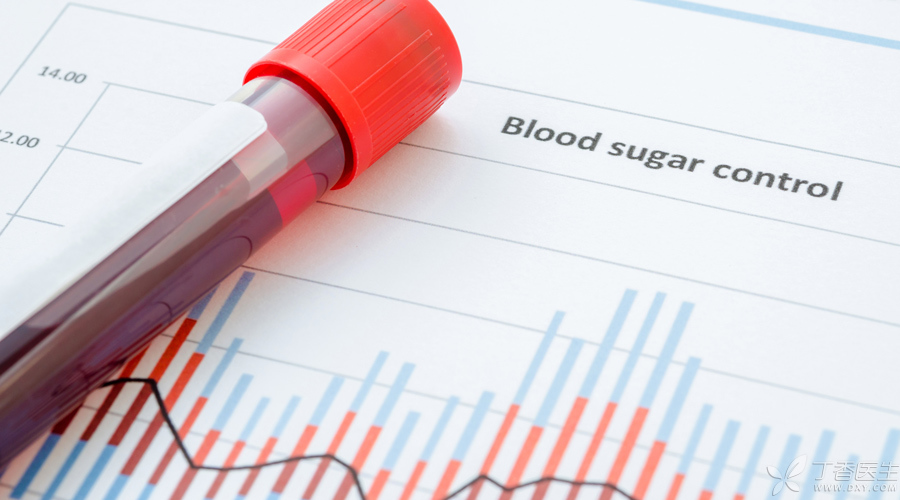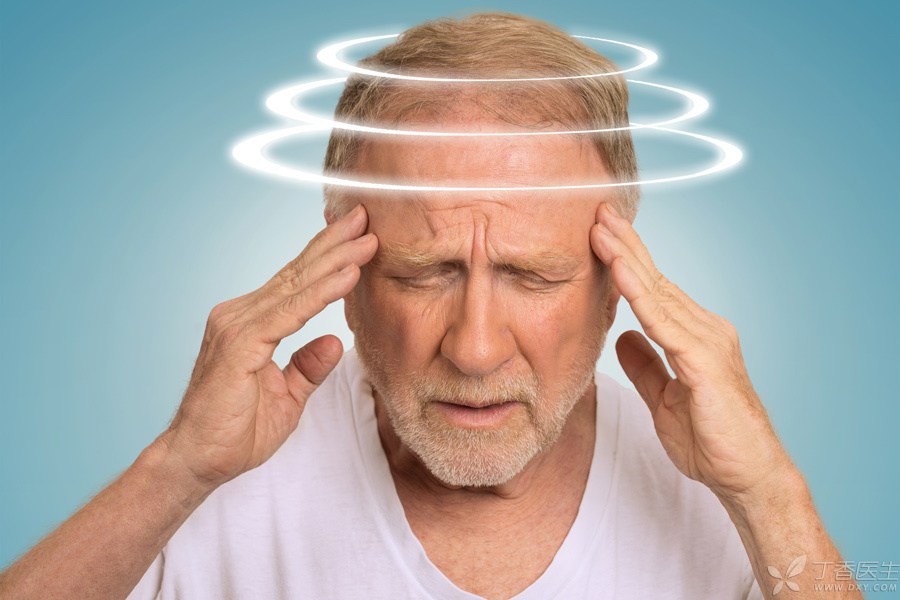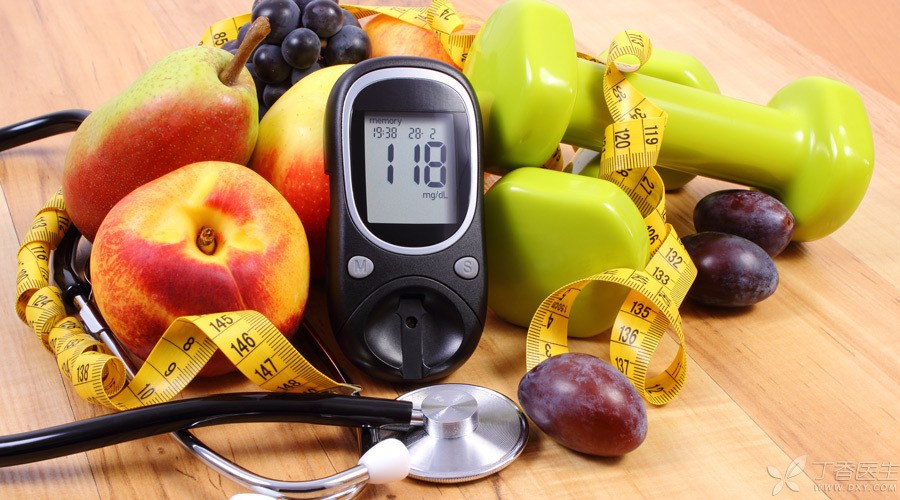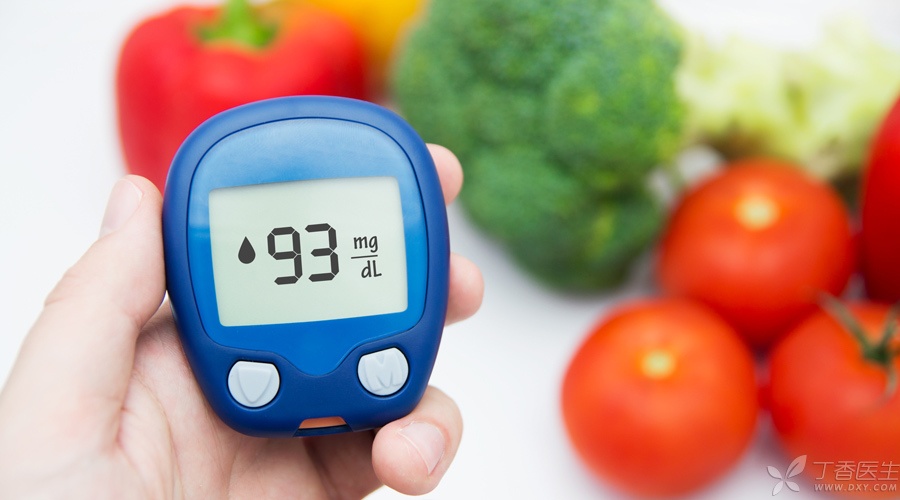
Many diabetics are very concerned about their blood sugar rise, but they do not know much about hypoglycemia.
Today, Dr. Clove sorted out 10 [truths] of hypoglycemia to help people really understand hypoglycemia.
Truth 1: Different people have different diagnostic criteria for hypoglycemia,
Diabetes patients, especially elderly diabetics, are at greater risk of hypoglycemia than people without diabetes.
Therefore, the diagnostic criteria for hypoglycemia in diabetic patients and diabetic patients are different:
- For non-diabetic patients, the standard of hypoglycemia is blood sugar < 2.8 mmol/L; In diabetic patients, blood sugar < 3.9 mmol/L is hypoglycemia.
Truth 2: Hypoglycemia is often more dangerous than hyperglycemia,
For the harm of hyperglycemia, everyone is relatively clear and attaches great importance to it. In contrast, the serious harm of hypoglycemia is often not paid enough attention.
In fact, hypoglycemia is no less harmful than hyperglycemia, sometimes even faster and more dangerous.
If the harm of hyperglycemia is calculated in years, the harm of hypoglycemia is calculated in hours:
- Mild hypoglycemia may cause symptoms such as hunger, dizziness, palpitation, hand tremor, pale complexion, cold sweat, weakness, etc. Severe hypoglycemia can cause brain dysfunction, leading to trance, strange words and deeds, drowsiness, convulsion, convulsion and even coma and death. Hypoglycemia in the elderly is also easy to induce arrhythmia, heart failure, angina pectoris, myocardial infarction and even sudden death. Acute hypoglycemia can also cause cerebral edema. Chronic hypoglycemia can reduce cognitive ability, lead to mental decline and senile dementia.
Therefore, hypoglycemia needs more attention.

Truth 3: Hunger ≠ Hypoglycemia
Many diabetics think that once they are hungry, they will suffer from hypoglycemia. Especially friends who have suffered from hypoglycemia, know the pain of hypoglycemia, and often start eating in a hurry at this time. In fact, such treatment is wrong.
Because, although some patients have high blood sugar, due to the body’s lack of insulin or poor use of insulin, glucose is used by cells, and hunger will also occur.
Therefore, when hunger occurs, what should be done is to monitor blood sugar in time and determine the level of blood sugar so as to avoid blindly supplementing food.
Truth 4: Hypoglycemia does not necessarily have symptoms,
When the blood sugar is lower than normal, some patients will have obvious symptoms, some patients will have mild symptoms, and some patients will have no symptoms at all.
Some diabetics have no warning when hypoglycemia attacks, no hunger, no affliction, no palpitation and shaking hands. They often fall into a coma unconsciously, which is very dangerous.
[Asymptomatic hypoglycemia] is more common in elderly diabetic patients and patients with frequent hypoglycemia for a long time (such as some fragile diabetic patients). The reason may be related to the decline of the body’s perception of hypoglycemia.
In order to prevent [asymptomatic hypoglycemia], the friends just mentioned must remember these 2 points:
-
Strengthen all-weather blood sugar monitoring;
-
Don’t control blood sugar too strictly.
This is also one of the reasons why Dr. Clove and everyone stressed that blood sugar control needs to be combined with their own disease conditions to formulate individualized goals.
Truth 5: Hypoglycemia May Have Multiple Manifestations,
When hypoglycemia occurs, it is not only the familiar hunger, palpitation, hand shaking, etc., but also the clinical manifestations of diabetic patients of different ages when hypoglycemia occurs are not exactly the same.
Hypoglycemia in infants and young children is often manifested as poor milk drinking, easy crying, pale complexion, cold sweat, inattention, nightmares, enuresis, etc. Due to atypical symptoms, parents should pay more attention if such situations occur.
Hypoglycemia in adults is often typical, mainly manifested as sympathetic nerve excitation symptoms, such as hunger, palpitation, shaking hands, sweating, limb weakness, etc.
However, hypoglycemia occurring in the elderly either has no symptoms (i.e. [asymptomatic hypoglycemia]) or is manifested as neuropsychiatric symptoms such as speech and act abnormalities, convulsions, hemiplegia, consciousness disorders, lethargy, coma, etc., which are easily misdiagnosed as [acute stroke] or [epileptic seizure].

Truth 6: There are many reasons for hypoglycemia,
There are many reasons for hypoglycemia.
Excessive dosage of hypoglycemic drugs (including insulin) and failure to eat in time after taking drugs are common reasons. Excessive diet control, excessive exercise and fasting drinking may also lead to hypoglycemia.
Therefore, the treatment of diabetes pays attention to the laws and mutual cooperation of diet, exercise and medication, which is also one of the reasons why it is often emphasized that everyone has different treatment plans and cannot add drugs or change dressings at will.
Some patients with type 2 diabetes often suffer from hypoglycemia in the early stage of the disease and in the late stage of meals (about 3-5 hours after meals). The reason is that the insulin secretion level is not synchronized with the change of postprandial blood sugar and the peak of insulin secretion is delayed.
Truth 7: [Traditional Chinese Medicine] Treatment also has hypoglycemia risk,
In the eyes of many patients, traditional Chinese medicine is relatively safe and has no toxic or side effects.
However, in fact, most of the traditional Chinese medicine hypoglycemic preparations sold in pharmacies are not worthy of the name, and they are often mixed with hypoglycemic western medicines.
If sugar lovers do not understand this and increase the dosage at will, it will easily lead to severe hypoglycemia, especially for patients with old age, emaciation, long illness time and renal insufficiency.
Truth 8: People’s Perception of Hypoglycemia May Change
Under normal circumstances, the body’s blood sugar concentration is maintained in a relatively narrow range. Generally, when fasting blood sugar is higher than 3.9 mmol/L, hypoglycemia can be judged as no.
However, long-term hyperglycemia will raise the threshold of human body’s response to hypoglycemia. For patients with long-term hyperglycemia, if they blindly use [strong drugs] during treatment, the blood sugar will drop rapidly, and often the blood sugar will not drop to the blood sugar level that diagnoses hypoglycemia at ordinary times, hypoglycemia symptoms may occur, which we call [hypoglycemia reaction].
Of course, with the good control of blood sugar, the lower limit of blood sugar for hypoglycemic reaction of patients will also drop.
Click to view the article: How to deal with hypoglycemia?

Truth 9: Hypoglycemia Has Many [Brothers and Sisters]
Although we often say [hypoglycemia], it actually covers three different situations, namely hypoglycemia, hypoglycemia and hypoglycemia reaction, which we can distinguish with the following table.

Note: The blood sugar level of hypoglycemia is subject to diabetic patients.
This once again shows the importance of blood sugar monitoring. Moreover, when we monitor blood sugar, we not only need to look at the blood sugar level, but also the change trend and speed of blood sugar.
Truth 10: Hypoglycemia occurs, eating dry food is not as good as eating sugar.
When hypoglycemia occurs, rapid treatment is very important.
The treatment of hypoglycemia needs to race against time. The correct way is to eat sugar, fruit juice, honey and other [monosaccharide] foods quickly, because such foods can be quickly absorbed into blood by intestinal tract, thus quickly relieving hypoglycemia symptoms.
Starch foods such as steamed bread and biscuits, belong to [polysaccharides], It needs to be metabolized and decomposed step by step in the body to become monosaccharide before it can be absorbed by the body. The effect is relatively slow. Especially for diabetics who eat-glycosidase inhibitors (such as acarbose), when hypoglycemia occurs, they must supplement monosaccharides (such as glucose and sucrose), because-glycosidase inhibitors can delay the absorption of macromolecular carbohydrates (such as steamed bread) and prevent them from rapidly raising blood sugar.
This article is reprinted from WeChat Public Number of Endocrine Time, with some deletions.
